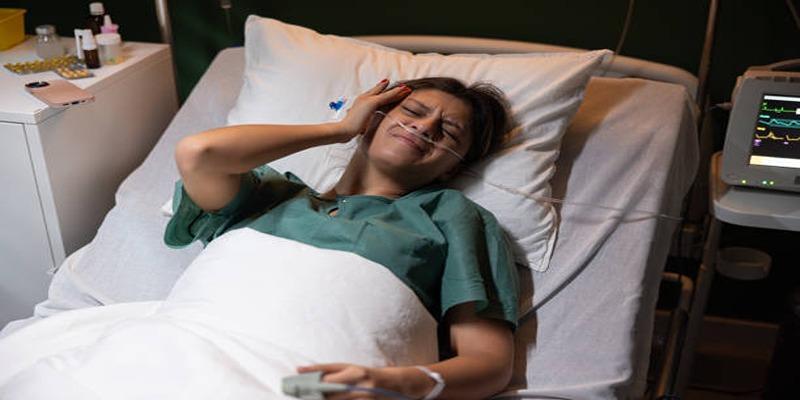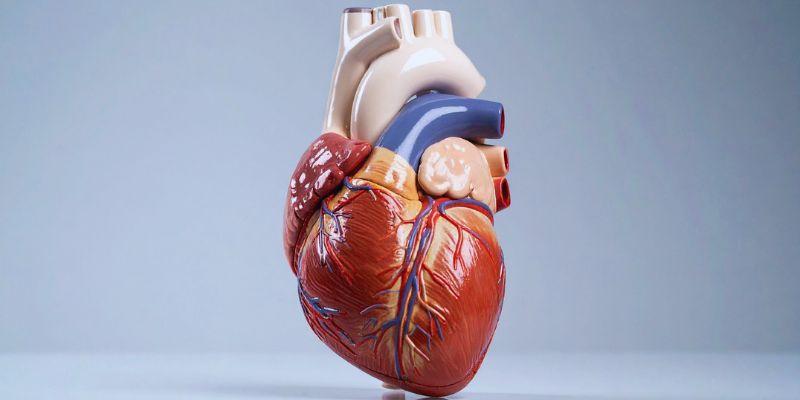It is a common, non-life threatening condition called vasovagal syncope that results in fainting in children and may be a terrifying experience to parents. It happens when the body of a child is over reactive to some stimuli, and causes sudden decreases in heart rates and blood pressure. Knowing its causes may help you get ease of mind.

Vasovagal syncope is one of the fainting conditions that occur when the body vigorously responds to some stimuli, resulting in the heart rate and bp dropping abruptly. When this occurs, blood supply to the brain is reduced temporarily causing a temporary lapse of consciousness.
Vasovagal syncope children will often regain themselves in just a few seconds to several minutes and then usually fully recover once they lie down. Vasovagal syncope is not usually harmful when compared to fainting, which happens as a consequence of severe heart or brain disorders. Nevertheless, the symptoms may resemble more serious issues that is why parents should be educated and attentive.
The first step in avoiding anxiety and making sure that fainting incidents are controlled safely is to understand this condition.
The vast majority of children with vasovagal syncope who faint have certain triggers. These stimuli overstimulate the vagus nerve, which aids in controlling the blood pressure and heart rate. By understanding the nature of these triggers, it becomes easier to predict, avoid, and control fainting events, as a parent.
The most frequent triggers are:
It can be a big step to discover which triggers your child has, and thus they can be reduced to decrease the number of fainting. An example is, when you realize that fainting is common at school during long assemblies, you can make sure that your kid is hydrated and takes a snack before school.
An unconsciousness is hardly an event that does not have any kind of precursors. Most children show symptoms soon before they fall into unconsciousness, and awareness of the symptoms provides them (and you) with time to respond.
The typical warning signs are:
It is of great importance to teach your child to recognize such signs. They need to sit or lie down at once in case they experience any of these symptoms. This will aid in regaining blood flow to the brain and could even avoid the fainting condition.
The most reassuring fact about vasovagal syncope is that it is more prevalent among the children and teenagers; this is because of the changes that their bodies undergo in their growing stage. The cardiovascular system continues to adapt to the rapid body size and hormonal changes and fainting tends to occur more frequently during this life period.
In these developing years the vagus nerve that is central to the condition may become overstimulated. This exaggeration causes abrupt decrease in blood pressure and heart rate, which causes fainting spells. Although the experience is scary, it should be highlighted that vasovagal syncope fainting is not a common symptom of an underlying life-threatening or long-term health issue.
In most instances, children slowly outgrow these fainting instances as they grow into adulthood. Up to this point, fainting events can be prevented in regard to frequency and stress levels by being aware of the situations and taking proactive measures to curb them.
Vasovagal syncope is not harmful, but in some situations, a fainting condition is the concern of medical attention. Parents are to consult the doctor immediately in case:
A medical professional can do simple tests to validate or eliminate the diagnosis: checking the blood pressure, heart activity, and, in some cases, a tilt-table test. Even though the serious causes are far less prevalent in comparison to vasovaginal syncope, medical attention is necessary to keep your child safe and to give you a sense of security.
Simple changes in our daily habits are usually a way of managing the vasovagal syncope. The following strategies can help greatly to minimize the fainting incidents and provide the kids with a feeling of the control over their situation:
Making these practices a habit, children not only lessen the risk of fainting but also become more confident in their ability to cope with their health.

Fainting is not an automatic physical occurrence but it can also be an emotional process. Fainting children can be embarrassed, anxious and fearful to do some things. Such feelings are normal, yet they may influence self-esteem when unattended to.
Parents can be of great use in terms of emotional support of the child. Calmly discussing the fainting experience, why it happened, and assuring them that it can be dealt with will lessen the panic. Teachers, coaches, and caregivers need to be informed about the condition of your child, so that they know how to react, which will alleviate the anxiety further.
Compassion, communication, and support enable children to face life more confidently on a daily basis despite occasional fainting due to the attack.
There are not many things that are as concerning as the event of witnessing your child lose consciousness. However, often the cause can be seen in vasovagal syncope- a benign and widespread condition. Parents are able to overcome fear and uncertainty and transform them into knowledge and trust by knowing the facts. Being aware of triggers, predicting fainting warning signs, and making basic lifestyle modifications are all effective in coping with fainting.
 TOP
TOP
If you still believe that women don’t get heart diseases or that only older people can have heart diseases, you are wrong
 TOP
TOP
How building wealth is possible at any age with practical strategies that focus on consistent habits, smart choices, and long-term thinking
 TOP
TOP
Start making the most of your 401(k) today and secure a stronger financial future. Learn how timing, employer matches, and smart contributions can improve your retirement
 TOP
TOP
How financial aid for college works—from grants and scholarships to loans and work-study programs. Get clear, practical guidance for every funding option
 TOP
TOP
Discover 5 unique horse races that take place around the world, blending speed, thrill, and stunning cultural locations.
 TOP
TOP
Discover how Easter is celebrated across countries, from egg rolling to water fights, offering joy through local traditions.
 TOP
TOP
Explore North Wales’ most breathtaking gardens, from serene floral paths to hillside greenery with sea views.
 TOP
TOP
Wondering if it’s the right time for a loan? Learn how rates, timing, and your finances impact the decision.
 TOP
TOP
Discover the top reasons to pay credit card bills on time and how it safeguards your credit, money, and peace of mind.
 TOP
TOP
Uncover the best experiences in Rome, Italy, with this essential guide. Walk through ancient ruins, explore piazzas, visit historic churches, and get to know the Eternal City at your own pace
 TOP
TOP
Discover the best places to stay in Nashville, from lively downtown hotels to charming neighborhood rentals. Explore top areas suited for music lovers, families, and anyone seeking the perfect Nashville experience
 TOP
TOP
Thinking about a lease buyout? Learn how to evaluate your options, compare costs, and decide whether keeping your vehicle is the right move. Understand the financial side before making your next step